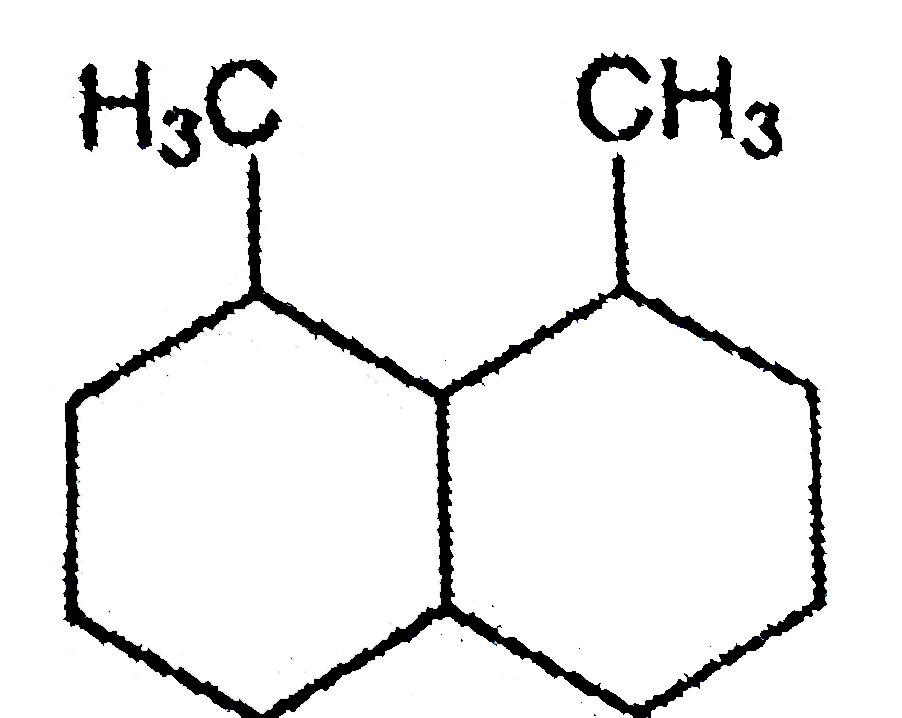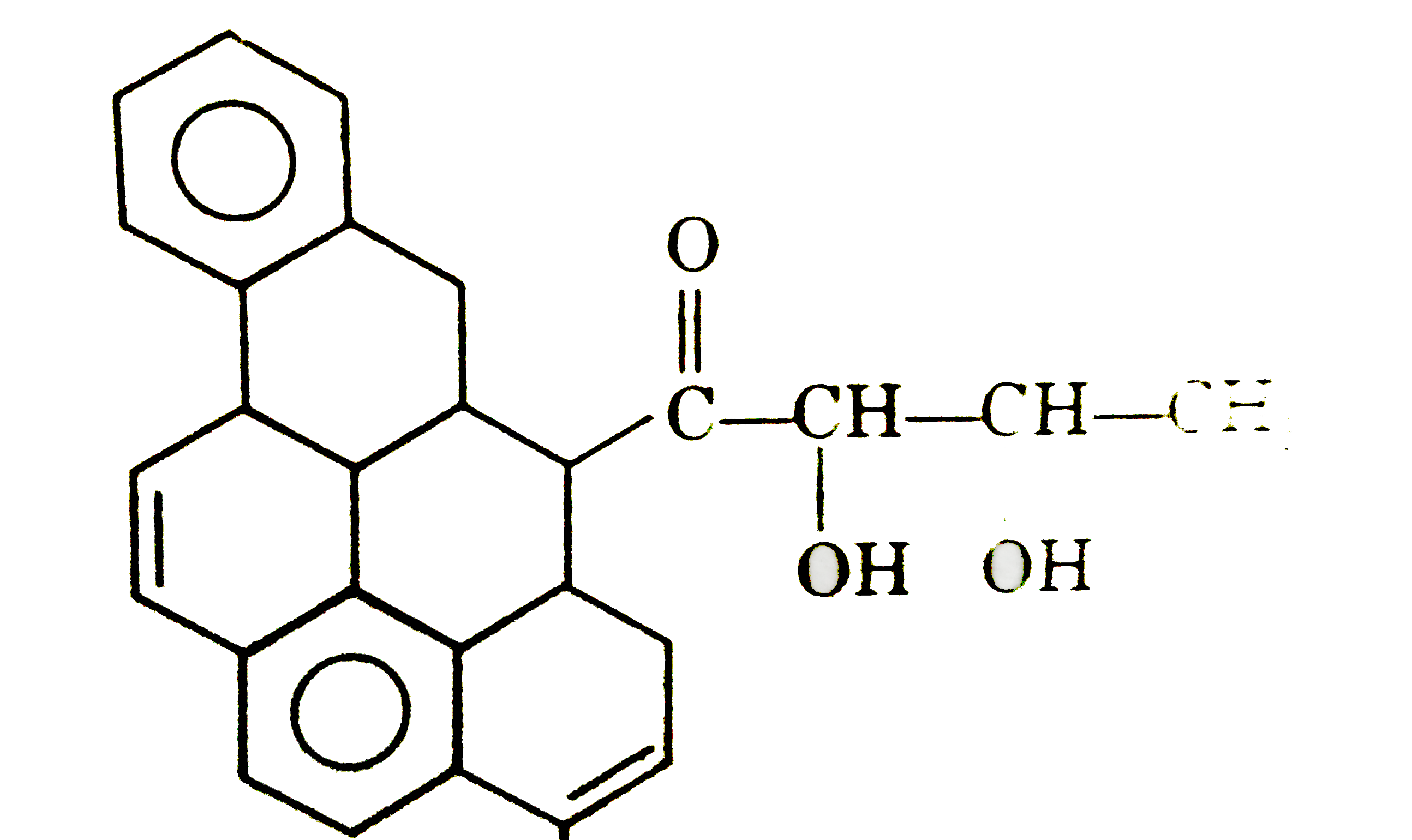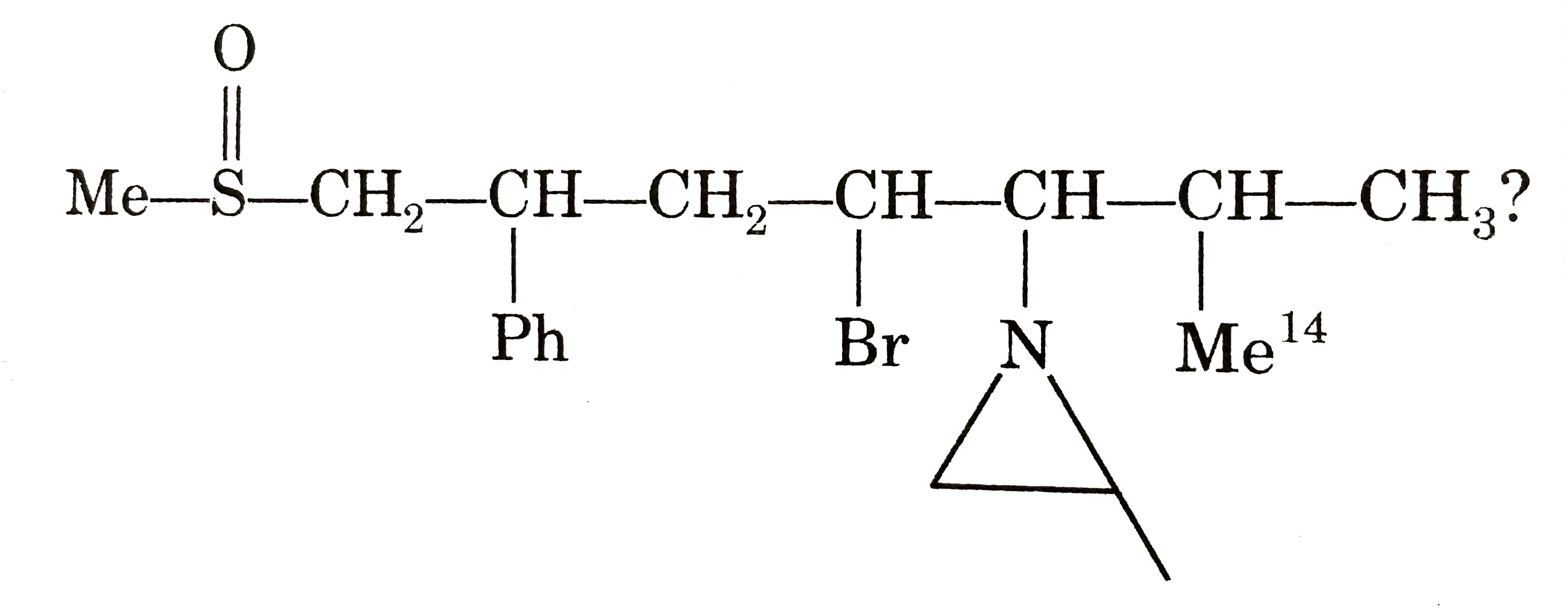In an SN1reaction on chiral centres, there is
100% retention
100% iversion
100 % racemization
Inversion more than retention leading to partial racemization
The correct Answer is:D
Step by step video, text & image solution for In an S_(N)1reaction on chiral centres, there is by Chemistry experts to help you in doubts & scoring excellent marks in Class 12 exams.
Updated on:21/07/2023Topper's Solved these Questions
- HALOALKANES AND HALOARENES BOOK - AAKASH INSTITUTECHAPTER - HALOALKANES AND HALOARENES EXERCISE - ASSIGNMENT SECTION -D
15 Videos
- HALOALKANES AND HALOARENES BOOK - AAKASH INSTITUTECHAPTER - HALOALKANES AND HALOARENES EXERCISE - ASSIGNMENT SECTION - B
25 Videos
- GENERAL PRINCIPLES AND PROCESSES OF ISOLATION OF ELEMENTSBOOK - AAKASH INSTITUTECHAPTER - GENERAL PRINCIPLES AND PROCESSES OF ISOLATION OF ELEMENTSEXERCISE - Try Yourself
33 Videos
- HYDROCARBONSBOOK - AAKASH INSTITUTECHAPTER - HYDROCARBONSEXERCISE - Assignment(Section - D) (Assertion -Reason Type Question)
24 Videos
Similar Questions
Knowledge Check
In an SN1reaction on chiral centres, there is
Ainversion more than retention reading to partial racemizationB100% retentionC100% conversionD100% racemizationOn chiral centre there is always ........... in S1N reaction
A100% retentionB100% inversionC100% recenisationDinversion is more than retention leading to recenisationIn the SN1 reaction on chiral centres there is :
A100% racemizationBinversion more than retention leading to partial racemizationC100% retentionD100% inversion

Number of chiral centres in
View SolutionSN1 reaction is feasible in
View SolutionThe chiral centre is absent in :
View SolutionWhich of the following set of statements regarding the SN1 reaction shown by alkyl halide is correct here?
1. the SN1 reaction on the chiral starting material end up with racemization of the product
2. The more stable the carbocation intermediate the faster the SN1 reaction .
3. The added nucleophile plays no kinetic role in SN1 reaction
4. The SN1 reaction involves the inversion of configuration of the optically active substrate
View SolutionSN1 reaction is faster in
View Solution


